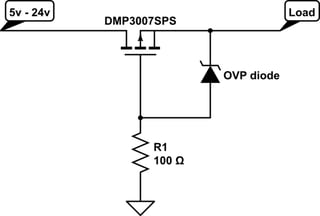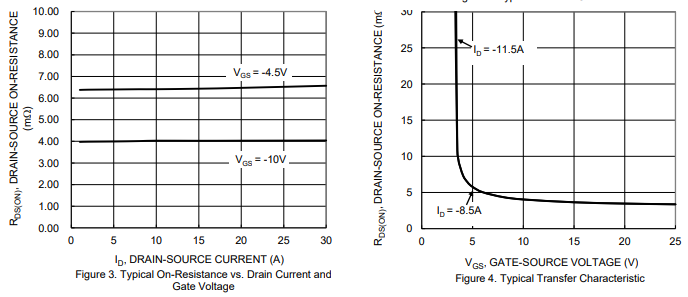I am using a DMP3007 as a reverse polarity and over voltage MOSFET. The maximum planned load is 10 A and voltage may vary as the load is a constant current load.

simulate this circuit – Schematic created using CircuitLab
When in this configuration does the MOSFET conducts at its lowest resistance? Assuming it does the power consumed with respect to the value given by the datasheet would be:
P = RII
P = 0.007 ohms * 10A * 10A
P = 0.7 watts
0.7 watts is lower than the rated total power dissipation of 1.4 W, so am I correct that I wont be needing a heat sink?
lets assume that I will raise the load to 15 A instead of 10 A, this means that the power consumed will be 1.575 W which is greater than 1.4 W. Instead of placing a heatsink can I dissipate the extra 0.175 W into the PCB? To do that I need to beef up the PCB trace/fill of which pin? I assume its the drain pin because it the largest pin? How much copper area do I need to have to dissipate that 0.175 W? Assuming 1 oz copper thickness



